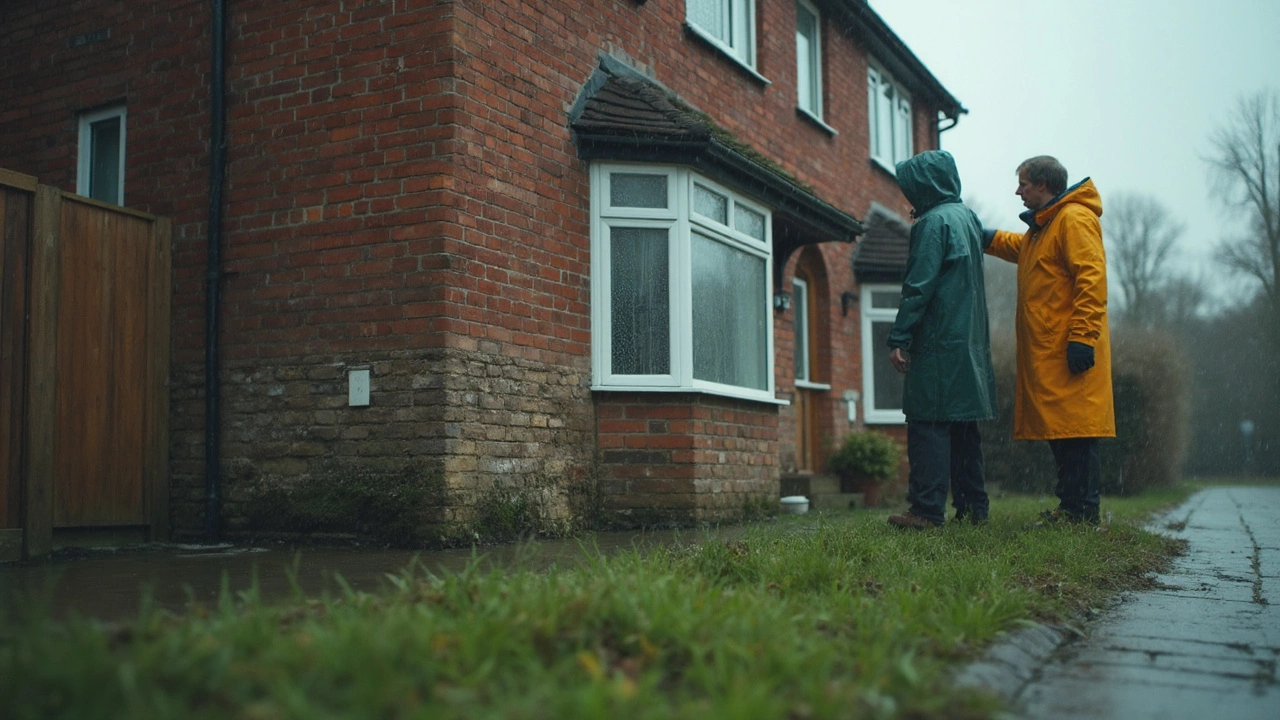Wet Basement Fixes – Simple Ways to Stop Water in Your Home
If you’ve ever stepped into a soggy basement, you know how frustrating it can be. Water drips, smells musty, and you start worrying about mold or damage to your stuff. The good news? Most wet basement problems have easy fixes you can try yourself before calling a pro.
Common Causes of a Wet Basement
First, let’s figure out why water is showing up. The most frequent culprits are:
1. Poor exterior drainage. When rain falls, water should flow away from your house. If the ground slopes toward the foundation or the gutters are clogged, water backs up and finds the easiest entry point – the basement walls.
2. Cracks in walls or floor. Even tiny hairline cracks let moisture seep in, especially after heavy rain.
3. Sump pump failure. A sump pump is your basement’s safety valve. If it’s not working or the battery is dead, water piles up fast.
4. High water table. In some areas the groundwater sits close to the surface. When it rises, it can push water through the foundation.
Spotting the source helps you choose the right fix. Look for water stains on walls, musty odors, or a bubbly surface on concrete floors – those are clear signs.
Practical Steps to Keep Your Basement Dry
Now that you know the why, here’s what you can do right now:
Check and clean gutters. Remove leaves and debris weekly. Make sure downspouts direct water at least three feet away from the foundation.
Grade the soil. The ground around your house should slope down. A simple shovel can fix small low spots that trap water.
Seal cracks. Use a concrete patch or epoxy sealant for visible cracks. For larger gaps, you may need a professional to inject epoxy.
Test your sump pump. Pour a bucket of water into the sump pit. The pump should kick on and clear the water within seconds. If it doesn’t, clean the inlet screen and check the power source.
Install a dehumidifier. Even if you stop new water from entering, existing moisture can linger. A good dehumidifier pulls the dampness out and prevents mold.
Consider a waterproofing membrane. If the problem persists, applying a waterproof coating to interior walls can act as a barrier. This is a DIY-friendly product for most homeowners.
Finally, keep an eye on the basement during heavy rain. If water still creeps in despite these steps, it’s time to call a waterproofing specialist. They can assess foundation cracks, install exterior drainage systems, or set up a backup sump pump.
Bottom line: a wet basement isn’t a mystery you have to live with. By checking gutters, fixing grades, sealing cracks, and testing your pump, you’ll stop most leaks fast. Stay ahead of the problem, and your basement will stay dry, safe, and ready for whatever you store down there.

